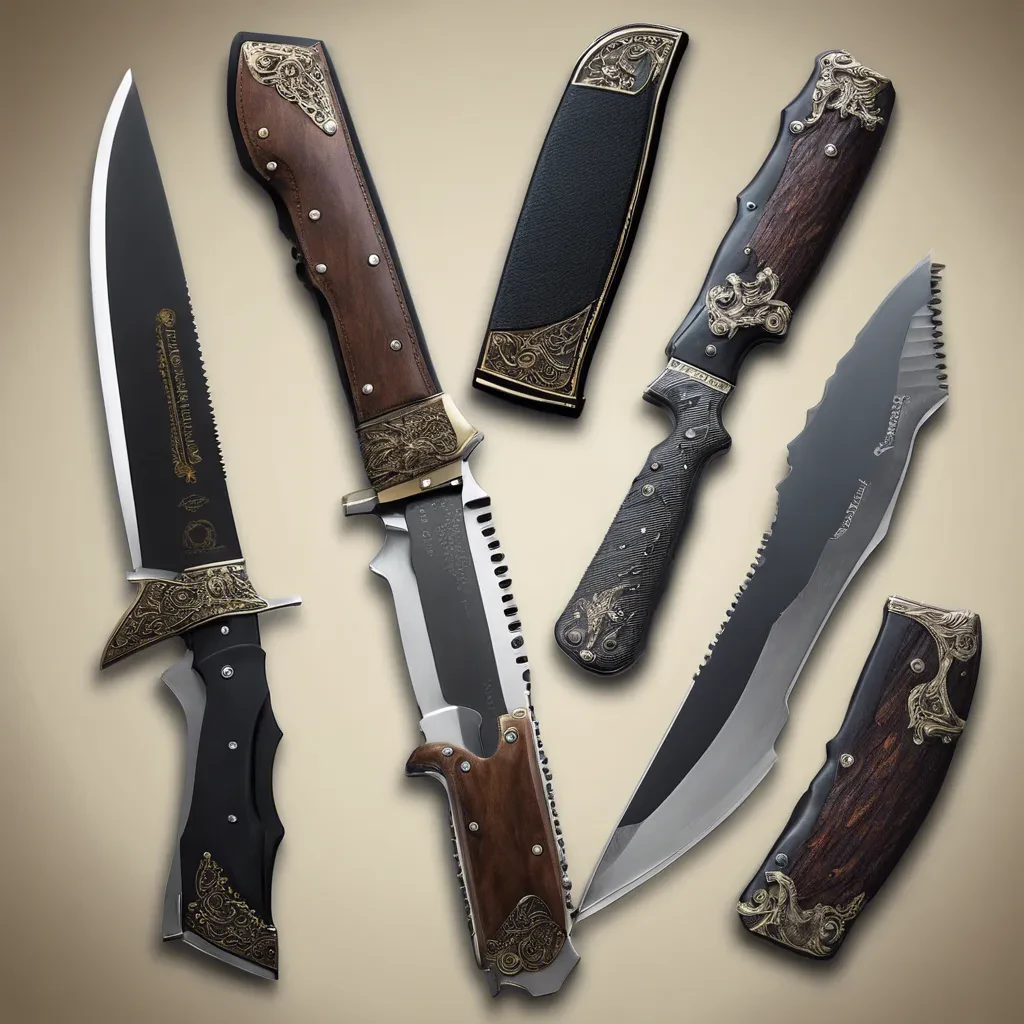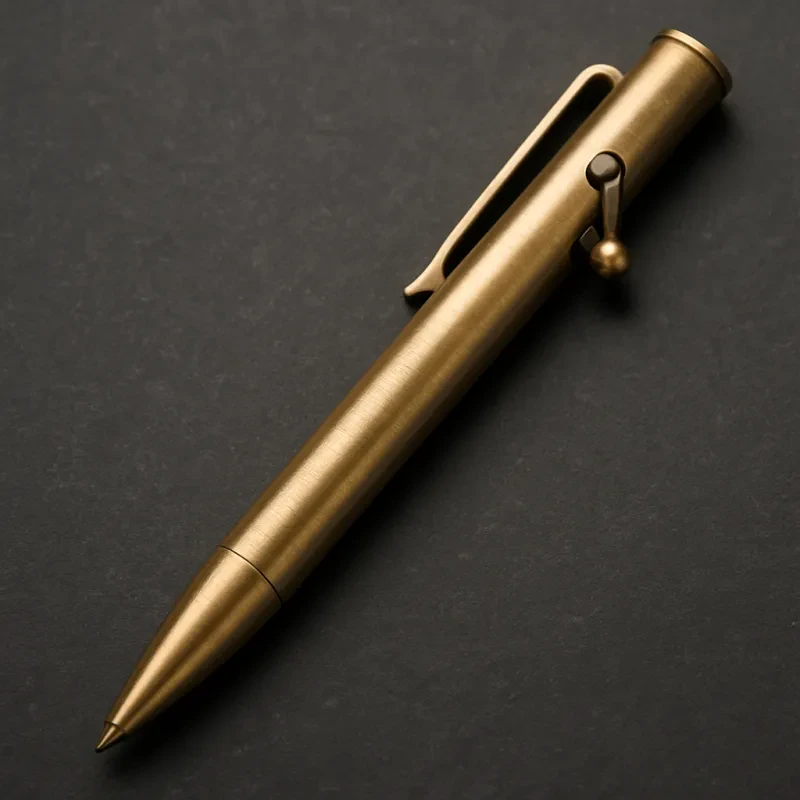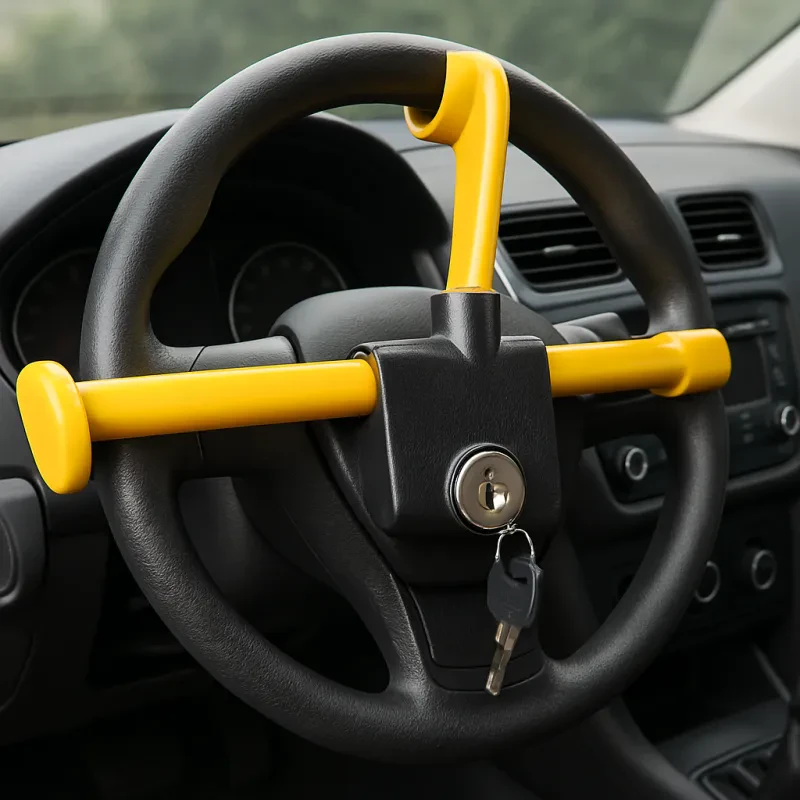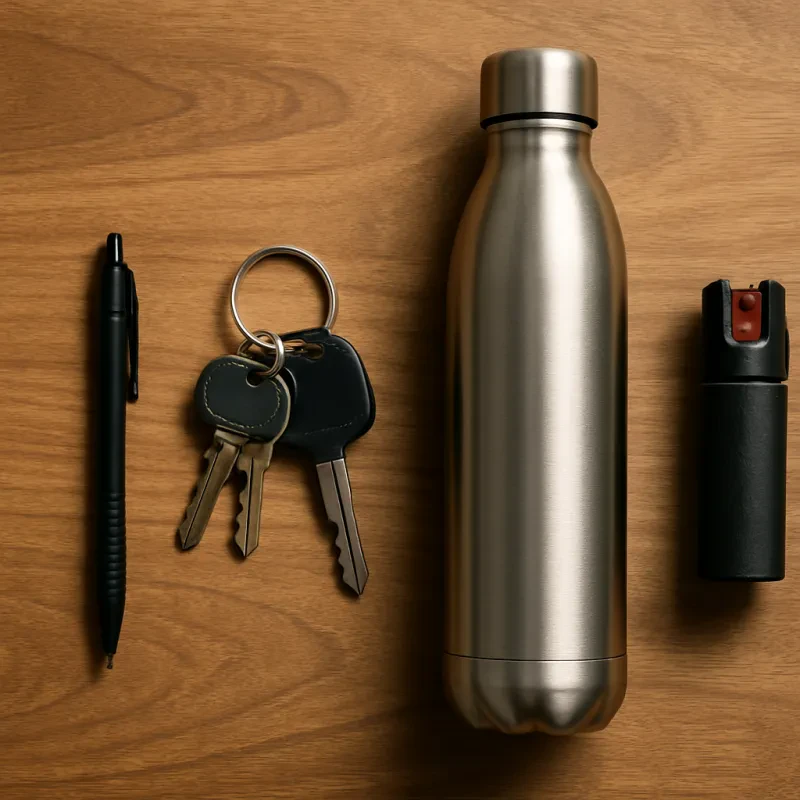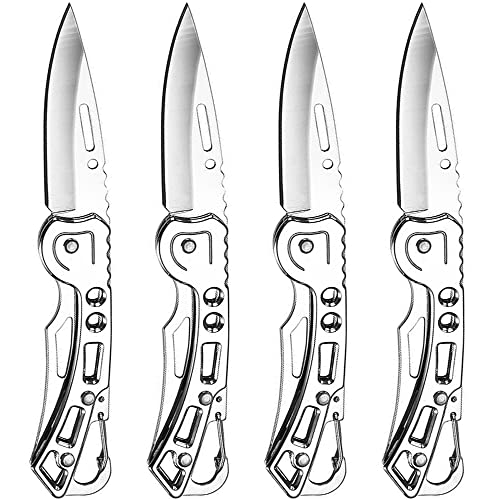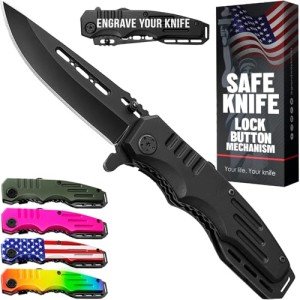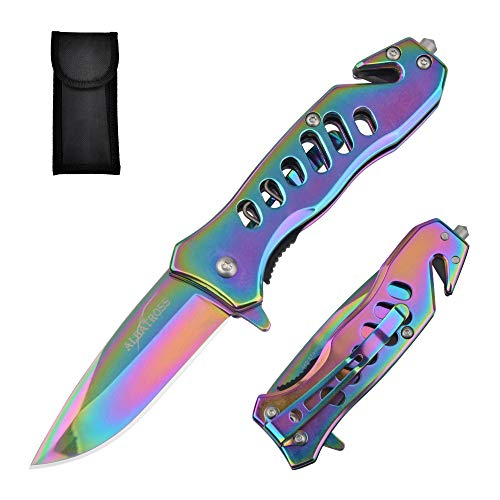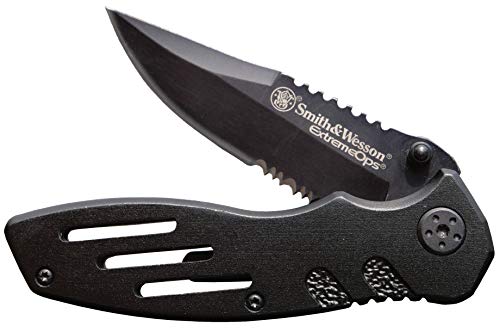Understanding the Legalities of Carrying Blades and Knives
Before delving into the practical aspects of using blades and knives for self-defense, it is crucial to understand the legal implications of carrying such weapons. Laws surrounding the carrying and use of knives vary significantly from one jurisdiction to another. Therefore, it is essential to familiarize oneself with local regulations to ensure compliance and avoid potential legal consequences.
In many regions, the legality of carrying a knife depends on the type and size of the blade. For instance, some areas allow the possession of folding knives with blades under a certain length, while others may prohibit the carrying of any knife that can be easily concealed. It is not uncommon for laws to differentiate between fixed-blade knives, switchblades, and balisongs (butterfly knives), with specific restrictions in place for each type.
Furthermore, certain locations impose stricter regulations on carrying knives in sensitive areas such as schools, government buildings, and public transportation. It is also worth noting that even in regions where carrying a knife is permitted, there may be restrictions on how it can be carried, such as prohibiting concealed carry or requiring it to be stored in a specific manner.
Using a knife in a self-defense situation can also have significant legal repercussions. In many jurisdictions, the use of deadly force, including the use of a knife, is only justified if there is an imminent threat to one’s life or safety. Even then, the use of force must be proportionate to the threat faced. Failure to adhere to these principles can result in serious criminal charges, including assault or manslaughter.
Therefore, it is imperative to thoroughly understand your local laws regarding the carrying and use of knives for self-defense. Consulting legal resources or seeking advice from a legal professional can provide clarity and ensure that you remain within the bounds of the law. Being informed and cautious can help you navigate the complexities of knife regulations and avoid potentially severe legal consequences.
Choosing the Right Blade for Self-Defense
Selecting the appropriate knife for self-defense is a vital decision that requires careful consideration of various factors. Different types of knives offer distinct advantages and disadvantages, making it essential to understand their specific characteristics to make an informed choice.
Folding knives are popular due to their compactness and ease of concealment. They can be conveniently carried in a pocket or clipped to a belt, offering quick access when needed. However, the deployment speed of folding knives can be slower compared to fixed blades, as they require an additional step to open. Additionally, the locking mechanism’s reliability is crucial to prevent accidental closure during use.
Fixed blades, on the other hand, are known for their robustness and readiness. They do not have moving parts, making them structurally stronger and quicker to deploy. Their durability is advantageous in high-stress situations where reliability is paramount. The primary drawback of fixed blades is their size, which can make them harder to conceal and carry discreetly.
Tactical knives combine elements of both folding and fixed blades. They are designed for high performance in combat situations and often feature serrated edges for additional cutting power. Tactical knives are built with ergonomic handles and durable materials, ensuring a secure grip and long-term use. While they offer versatility and strength, their specialized design can sometimes make them less practical for everyday carry.
When choosing a self-defense knife, consider blade length. A blade that is too long can be cumbersome, while a blade that is too short may not be effective. The ideal length often falls between 3 to 5 inches, providing a balance of reach and control. The handle design is equally important; it should offer a comfortable grip and be made from non-slip materials to ensure stability during an encounter.
Accessibility is another critical factor. A self-defense knife must be easily reachable to be effective in an emergency. Consider carry methods like belt clips, sheaths, or pocket designs that allow for rapid deployment. Comfort in carrying the knife daily will also ensure it becomes a natural part of your self-defense strategy, rather than an inconvenient tool.
In conclusion, choosing the right blade for self-defense involves balancing factors such as type, blade length, handle design, and accessibility. By carefully evaluating these features, you can select a knife that meets your needs and enhances your personal safety.
Effective Techniques for Using Knives in Self-Defense
Once you’ve selected the appropriate knife for self-defense, mastering its use becomes crucial. Effective knife techniques begin with understanding various grip styles, as the way you hold the knife can significantly impact your control and effectiveness. Common grip styles include the hammer grip, where the knife is held like a hammer with the thumb wrapped around the handle, and the reverse grip, where the knife is held with the blade pointing downwards, offering better control for close-quarters defense.
Equally vital is adopting a defensive stance that maximizes both your stability and mobility. A recommended stance involves standing with your feet shoulder-width apart, knees slightly bent, and your non-dominant foot forward. This positioning allows for quick movements and better balance, critical in a confrontation scenario. Maintain a low center of gravity to enhance stability and prepare for rapid directional changes.
Striking effectively while minimizing personal risk involves targeting vulnerable areas of an assailant. Aim for soft tissue areas such as the neck, underarms, and groin, where strikes can be more incapacitating. Employ swift, decisive movements to deliver strikes, ensuring you maintain control of the knife at all times. Practicing these strikes through shadow drills or with training partners can help you refine your technique and build muscle memory.
Regular practice is paramount in honing these skills. Engage in consistent drills and training sessions to develop proficiency, build confidence, and ensure that your reactions become instinctive. Repetition not only ingrains the techniques into muscle memory but also enhances your ability to stay calm and composed under stress. Consider seeking professional training to receive expert guidance and feedback, further solidifying your self-defense capabilities.
Ultimately, the key to effective knife use in self-defense lies in a combination of proper grip, solid stance, precise striking, and rigorous practice. By integrating these elements, you can significantly enhance your ability to defend yourself effectively and safely.
Safety Precautions and Responsible Knife Handling
Using a knife for self-defense necessitates a heightened awareness of the inherent risks involved. The user must be vigilant to avoid accidents and injuries, both to themselves and others. Proper storage and maintenance of knives are crucial first steps in ensuring safety. Knives should be stored in a secure location, preferably in a locked container or a designated sheath, to prevent unauthorized access or accidental exposure. Regular maintenance, including sharpening and cleaning, ensures that the knife remains functional and reduces the risk of malfunction during critical moments.
Safe handling practices are essential to mitigate the risks associated with knife usage. When holding a knife, it is important to maintain a firm grip and to keep the blade pointed away from your body and others. Practicing controlled movements in a safe environment can help build confidence and muscle memory. Additionally, understanding the legal implications of carrying and using a knife for self-defense is paramount. Different jurisdictions have varying laws regarding the permissible types and uses of knives, and violating these laws can lead to severe legal consequences.
Mental preparedness is another critical aspect of responsible knife handling. In a self-defense situation, staying calm and composed can significantly influence the outcome. Being mentally prepared involves not only understanding how to use the knife effectively but also recognizing the gravity of the situation. Ethical considerations should guide the decision to use a knife in self-defense. It is imperative to understand that a knife should only be used as a last resort, when no other options are available, and when there is an imminent threat to personal safety.
Overall, responsible knife handling extends beyond physical techniques to encompass ethical and legal dimensions. By adhering to safety precautions, practicing proper maintenance, and being mentally prepared, individuals can minimize risks and handle knives responsibly in self-defense scenarios.
